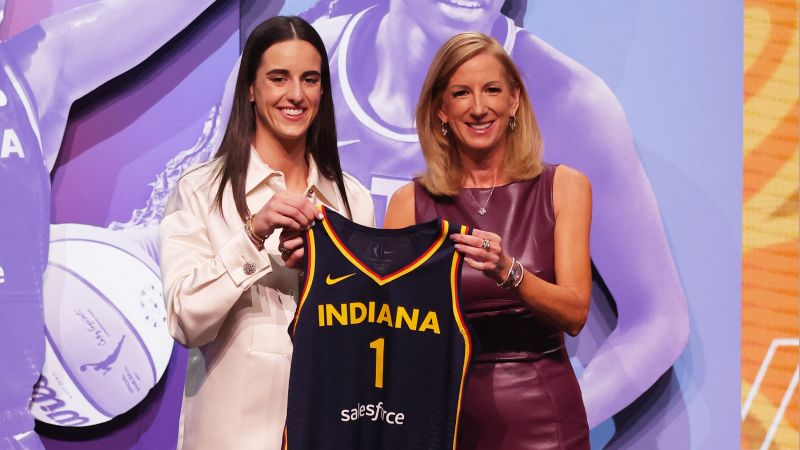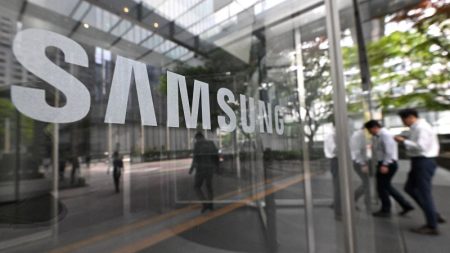Caitlin Clark made history in NCAA basketball as the leading scorer and the first pick in the WNBA draft, but her salary of $76,535 pales in comparison to the $10.5 million salary of the top NBA pick. The gender pay gap in professional sports has been highlighted by these stark differences in salaries between male and female athletes. Despite their success and popularity, WNBA players like Clark are paid significantly less than their male counterparts, with the highest-paid WNBA player earning $242,000 compared to the NBA’s league minimum salary of over a million dollars in 2023.
College stars like Caitlin Clark and Angel Reese have brought unprecedented attention and popularity to women’s college basketball, attracting record-breaking TV audiences and sold-out crowds during their collegiate careers. Clark’s popularity transcends just being the first pick in the draft; she is the all-time scoring leader in men’s and women’s NCAA Division I history. Even ticket prices to her games have exceeded those of men’s games, indicating a shift in the visibility and recognition of women’s sports.
WNBA players are not seeking identical pay to NBA players, acknowledging the differences in revenue and history between the two leagues. They are advocating for fairness and recognition of their value as professionals, seeking a more equitable share of the revenue generated by the WNBA. Despite significant progress in salary negotiations since 2020, WNBA players still face economic challenges due to the league’s underinvestment and lack of bargaining power in salary negotiations.
Rookie salaries and player contracts in both the NBA and WNBA are determined by collective bargaining agreements with their respective players’ unions. While WNBA players have the potential to earn more through marketing agreements and endorsements, the league’s hard salary cap limits their overall compensation. The economic differences between the NBA and WNBA, as well as the challenges of negotiating fair wages and benefits, contribute to the significant pay gap between male and female athletes in professional basketball.
The WNBA has faced obstacles due to its smaller size and younger age compared to the NBA, resulting in less bargaining power for women’s players in negotiating salaries. WNBA players only receive a portion of the league’s revenue after reaching a certain threshold, hindering their potential earnings. With the league’s plans for expansion, increased media rights deals, and a potential increase in broadcast revenue, there is optimism for higher salaries and improved benefits for WNBA players in the coming years.
As the WNBA looks towards further growth and increased investment, players are advocating for more support from the NBA, broadcasters, and corporate partners. The league’s recent success in viewership and attendance indicates a growing interest in women’s basketball, with potential for higher salaries and benefits in the future. WNBA commissioner Cathy Engelbert envisions a strong future for the league, with plans for expansion, new media rights agreements, and increased revenue streams that could lead to improved compensation for players. With upcoming negotiations for a new collective bargaining agreement, WNBA players are hopeful for increased salaries and benefits that reflect the growing popularity and success of the league.















